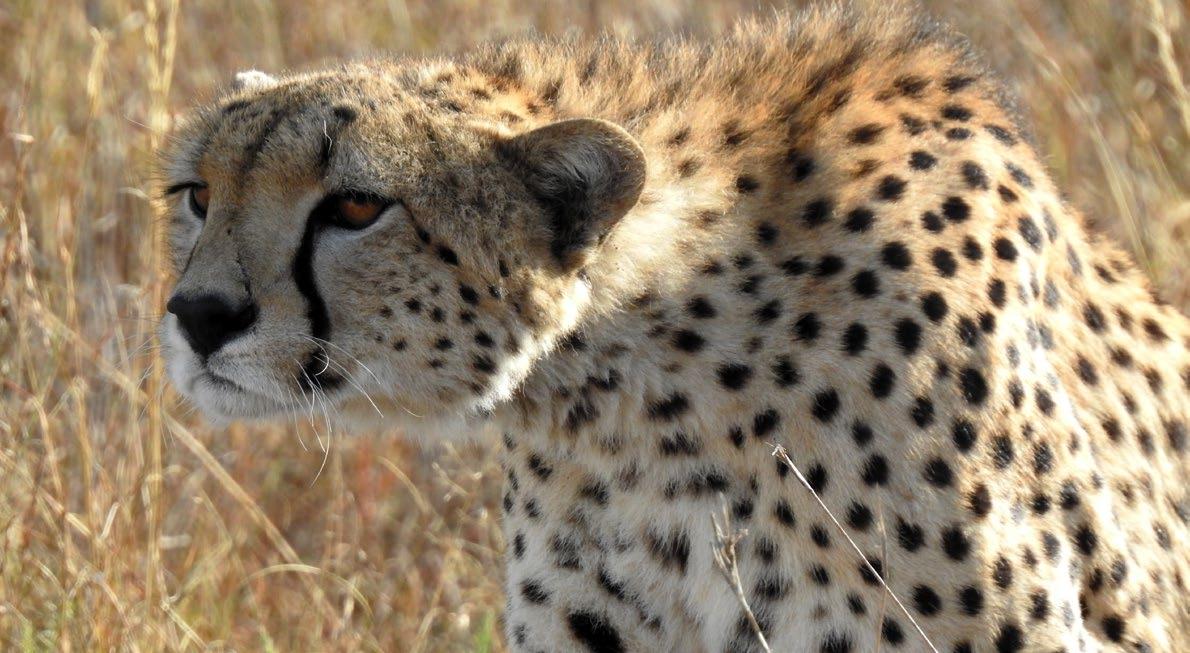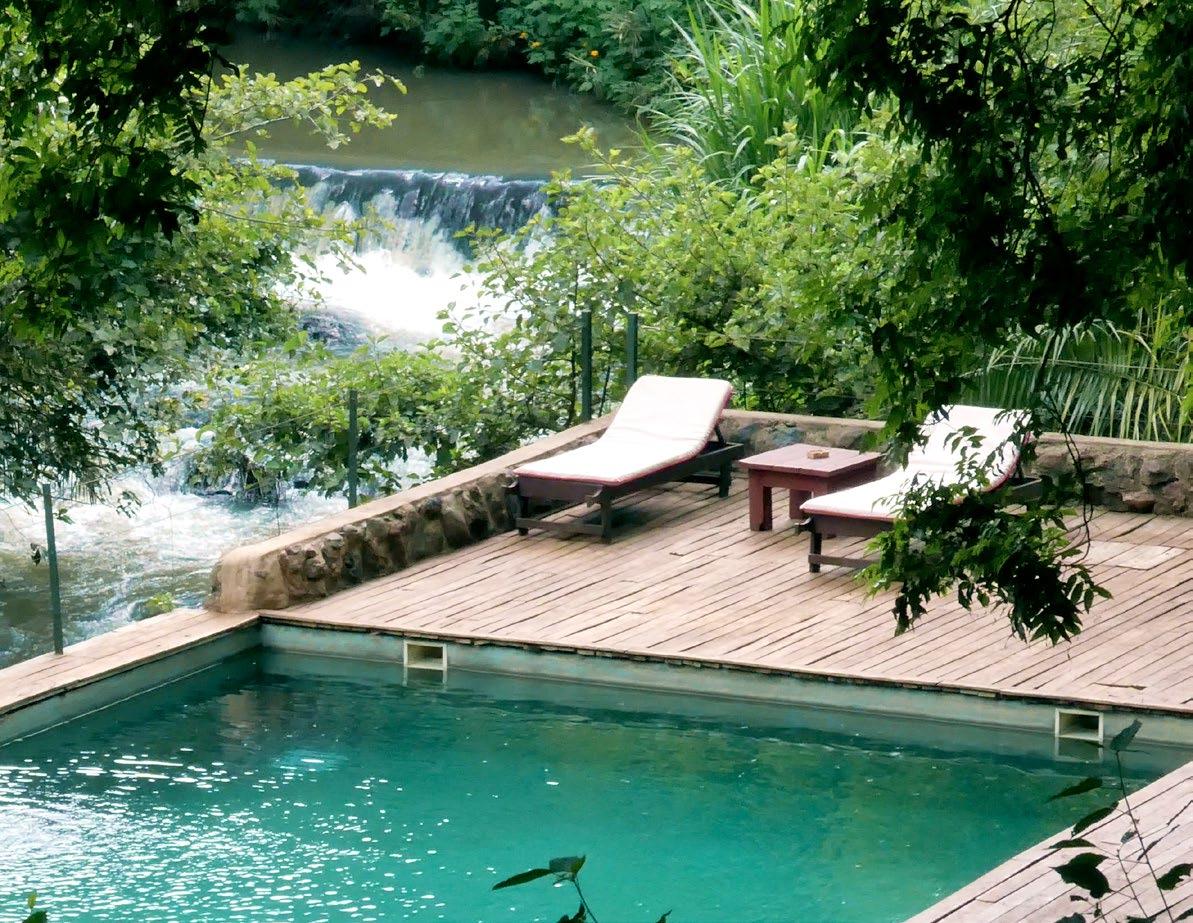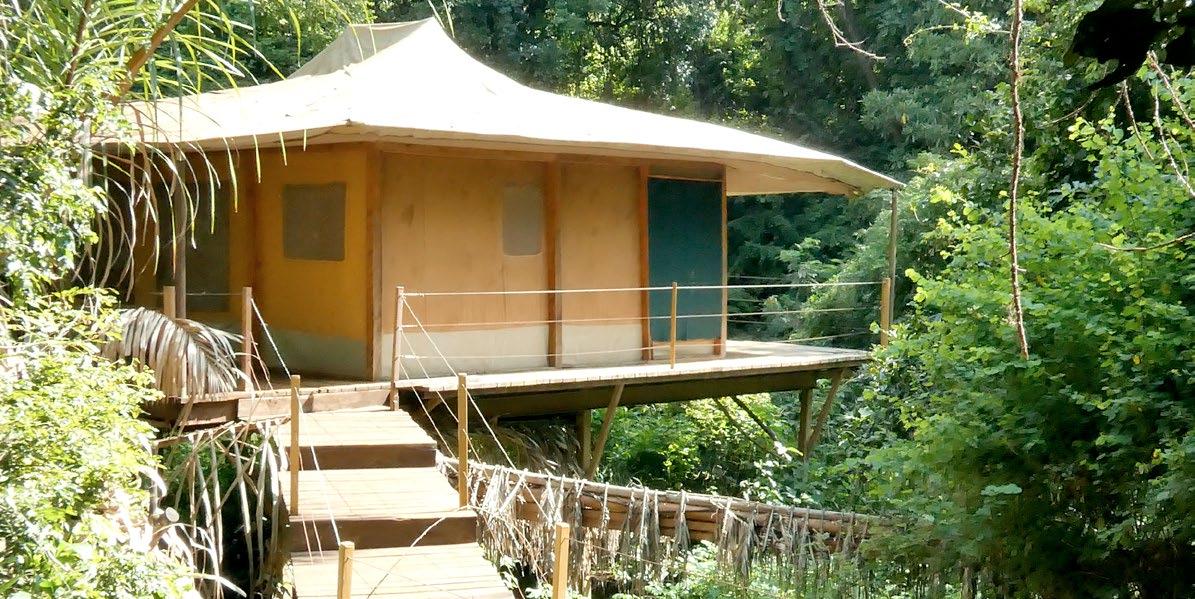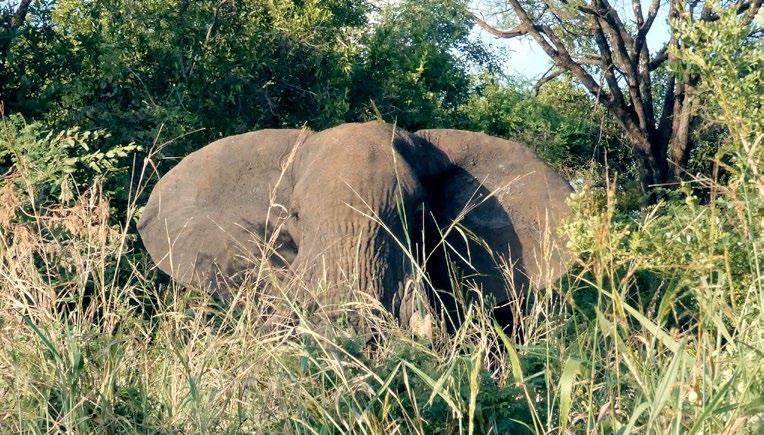
4 minute read
Secrets of The Forest
by Airkenya
Stalking-Alert
of the cars switch on their engines and follow her, jockeying for the best position. It is hard to be a stealth hunter and sneak up on unsuspecting prey when loud cars are following you.” This problem is especially pronounced in reserves that permit off-road driving, where tourist vehicles can follow the cheetahs anywhere they please. The continuous revving of vehicle engines can also alert prey species to the presence of a cheetah, further interfering with the hunting process.
Advertisement
So what can you do to be a more ethical safarigoer?
Many game reserves and national parks have a series of formal guidelines with which guests and drivers should be familiar. These rules may address the questions of driving after sunset, staying on the roads, and how closely an animal should be approached. When it comes to cheetahs, Hilborn recommends an easy rule of thumb: never get closer than 25 meters. If the cheetah is feeding on a kill, that distance should be increased to at least 50 meters. And if a cheetah is hunting, it needs an even wider berth: cars should come no closer than 100 meters.
Additionally, cars should never come between a cheetah and its prey. If you’re watching a coalition or a mother with cubs, you should never drive or park between one cheetah and another member of its group. It’s also important to avoid any actions that could impact this sensitive cat: talking loudly or making sudden noises can cause a disruption to normal cheetah behavior. If this is starting to sound like a lot to remember, don’t worry: your guide will already know these rules. Just be sure to let your guide know that you don’t want to be part of an overcrowded sighting. “Safarigoers should be encouraged to reward their drivers for ethical behavior,” Hilborn suggests, “rather than getting them as close as possible to cheetahs.”
Hilborn does acknowledge that it’s only natural for tourists to want to get close in order to photograph wild cheetahs. But if we aren’t careful, we could be endangering the very animals that we’ve come so far to see. “In the past, the Serengeti Cheetah Project recorded an incident where the crowd of cars around a mother and cubs separated one cub from her mother,” Hilborn warns. “The cub was not seen again.” This is a stark reminder, but it’s a necessary one. The cheetah is a uniquely fragile species among big cats, and it has evolved a fascinating social structure to increase its chances of successfully obtaining prey—the last thing it needs is to have its survival threatened by careless human interference. Only by approaching cheetahs with sensitivity and respect can we work to ensure that they survive to reward future generations with the chance to appreciate the timeliness dance of predator and prey in the African bush.
From Meru National Park’s Rhino River Camp

OPPOSITE AND THIS PAGE: Pool at Rhino River Camp; Tents on Stilts at Rhino River Camp; Forest Elephant Meru
True wilderness is mysterious. As I walk to my tent on stilts, I take in the smells of camphor, green leaf volatiles and something foetid perhaps nitrifying bacteria in root nodules or animal waste - monkeys?
I see only the little frog I saw an hour ago playing dead, on its back it’s now wriggling. It maybe poisonous or harbouring deadly microbes, because an hour is a long wait for carrion eating larvae which include beetles or scavenging ants. I help it, with my walking stick, to turn over.
The perimetre of Rhino River Camp takes you through Miraa fields and bomas - one is humble, three mere frames of wood and straw to hold the mabati roof, the centre is battered earth, smooth and swept clean. An old lady, swathed in lesos comes out to greet Peterson and I as we pass. The next boma invites us with the scent of spicy, floral tobacco. We ask permission to tarry in the centre of three mud and mabati buildings - children playing, a woman breastfeeding an infant, a cockerel watching proudly over his brood. Three men, equidistant from each other, one is elderly with misty eyes, chop bundles of yellowed tobacco leaves, whilst the youngish chap in the middle spreads it out to dry on a tarpaulin.
Back on track, we see mud flying from a mole rat’s efforts, it stops when we approach, then hear children’s voices but see nothing except the young goat herder, appearing round the track’s bend. From here, the nearest town is Maua, and three Boda-bodas with three people each, behind the driver, approach the crossing. All the passengers alight and the drivers push their motorbikes into the flowing river. The first one crosses but his bike doesn’t make it up the hill on the other side, falling in the muddy slide. The people nevertheless make it against the current and all except one driver, go with them.
The rivers are all flooded and the bridge crossings precarious. We’ve










